
Tokyo Dark Review: A Gripping Narrative Hampered by Shallow Gameplay
Contents
- A Descent into Darkness: The Story of Tokyo Dark
- Multiple Paths, Multiple Endings: Replayability and Choice
- A Visually Striking Experience: Art and Atmosphere
- The S.P.I.N System: A Flawed Mechanic
- Brevity and Lack of Challenge: Content Concerns
- Conclusion: A Compelling Narrative Held Back by its Gameplay
Tokyo Dark is a point-and-click adventure game developed by Cherrymochi and published by Square Enix, originally funded through a successful Kickstarter campaign. The game follows Detective Ayami Itō as she investigates the disappearance of her partner and boyfriend, Kazuki Tanaka, in the sprawling metropolis of Tokyo. While the narrative promises a compelling blend of psychological thriller and supernatural mystery, does the gameplay live up to the intriguing premise? This review delves into the strengths and weaknesses of Tokyo Dark, exploring its captivating story, unique art style, and unfortunately, its somewhat lacking gameplay mechanics.
A Descent into Darkness: The Story of Tokyo Dark
The most compelling aspect of Tokyo Dark is undoubtedly its narrative. The initial setup, a detective searching for her missing partner, may seem familiar, but the story quickly evolves into something much more complex and unsettling. As Itō delves deeper into the investigation, she encounters a web of cryptic clues, enigmatic characters, and disturbing supernatural phenomena. Each answer she uncovers seems to lead to more questions, pulling her further into the dark heart of Tokyo.
The game masterfully weaves together elements of psychological thriller and supernatural horror, creating an atmosphere of constant tension and unease. The narrative structure is expertly paced, revealing information piece by piece, keeping players engaged and eager to unravel the mystery surrounding Tanaka’s disappearance. Even after reaching one of the game’s multiple endings, players are left with lingering questions and a desire to explore alternative paths and outcomes. The ambiguity surrounding Itō’s fate and the nature of the forces she confronts adds a layer of philosophical depth, prompting reflection on themes of fate, free will, and the nature of reality.
 Tokyo Dark – Detective Itō investigates
Tokyo Dark – Detective Itō investigates
Multiple Paths, Multiple Endings: Replayability and Choice
Tokyo Dark boasts a high degree of replayability thanks to its branching narrative and multiple endings. The choices players make throughout the game have a direct impact on Itō’s character development and the ultimate outcome of the story. Will she remain a steadfast professional, adhering to logic and reason, or will she succumb to the darkness that threatens to consume her? The game allows players to explore various approaches, from methodical investigation to impulsive action, each leading to a unique and often surprising conclusion. This encourages repeated playthroughs, allowing players to experience the story from different perspectives and uncover all the secrets Tokyo hides.
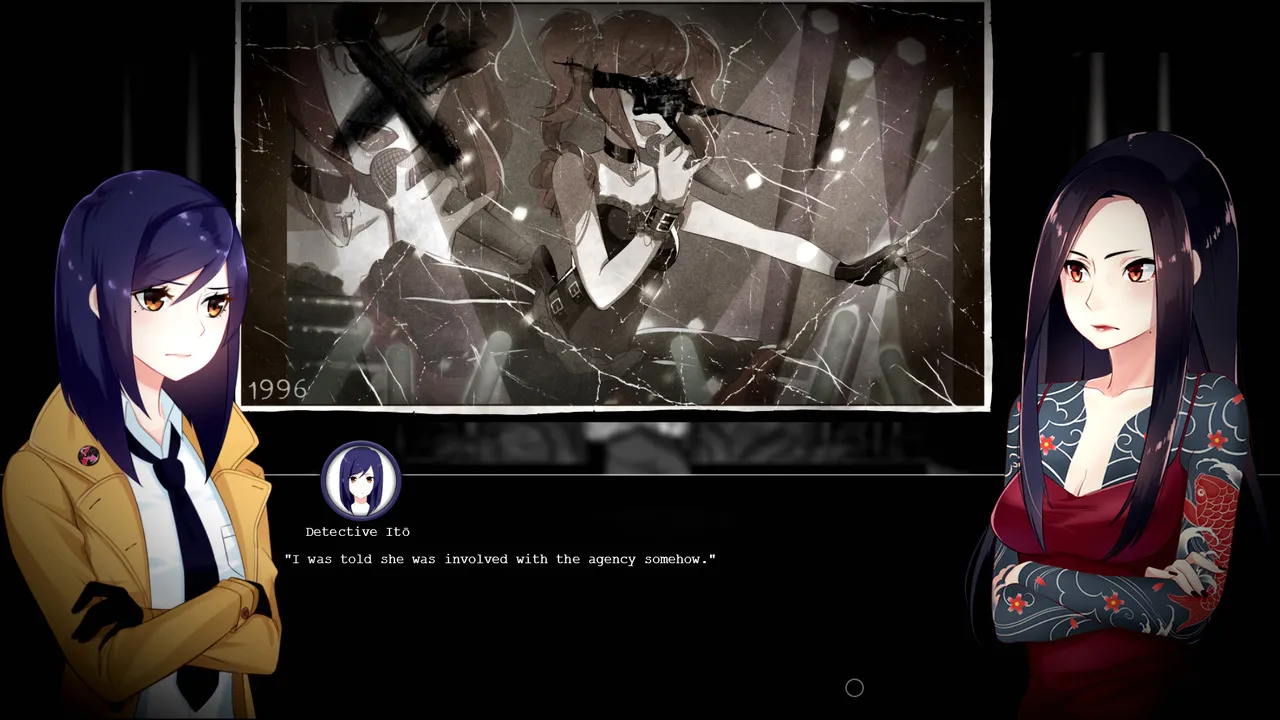 Tokyo Dark – Dialogue choices
Tokyo Dark – Dialogue choices
A Visually Striking Experience: Art and Atmosphere
The game’s art style is another notable strength. The side-scrolling perspective effectively showcases the detailed environments and character designs, while the use of subtle animations and visual effects creates a sense of depth and atmosphere. The distinct color palette and high contrast visuals contribute to the game’s overall sense of unease and mystery. Occasional cutscenes and animated sequences further enhance the narrative, adding emotional weight to key moments in the story. While the soundtrack might not be particularly memorable, it effectively complements the visuals and contributes to the overall immersive experience.
 Tokyo Dark – Atmospheric environments
Tokyo Dark – Atmospheric environments
The S.P.I.N System: A Flawed Mechanic
While Tokyo Dark excels in its narrative and presentation, the gameplay mechanics fall short. The S.P.I.N. system (Sanity, Professionalism, Investigation, and Neurosis) attempts to add depth and consequence to player choices by tracking Itō’s mental and emotional state. However, in practice, this system feels largely superfluous and underdeveloped. The impact of these stats on the gameplay is often minimal, and the sheer range of values (-100 to 100) feels excessive and unnecessary. The system ultimately adds little to the overall experience and could have been significantly streamlined or removed entirely without detriment to the core gameplay.
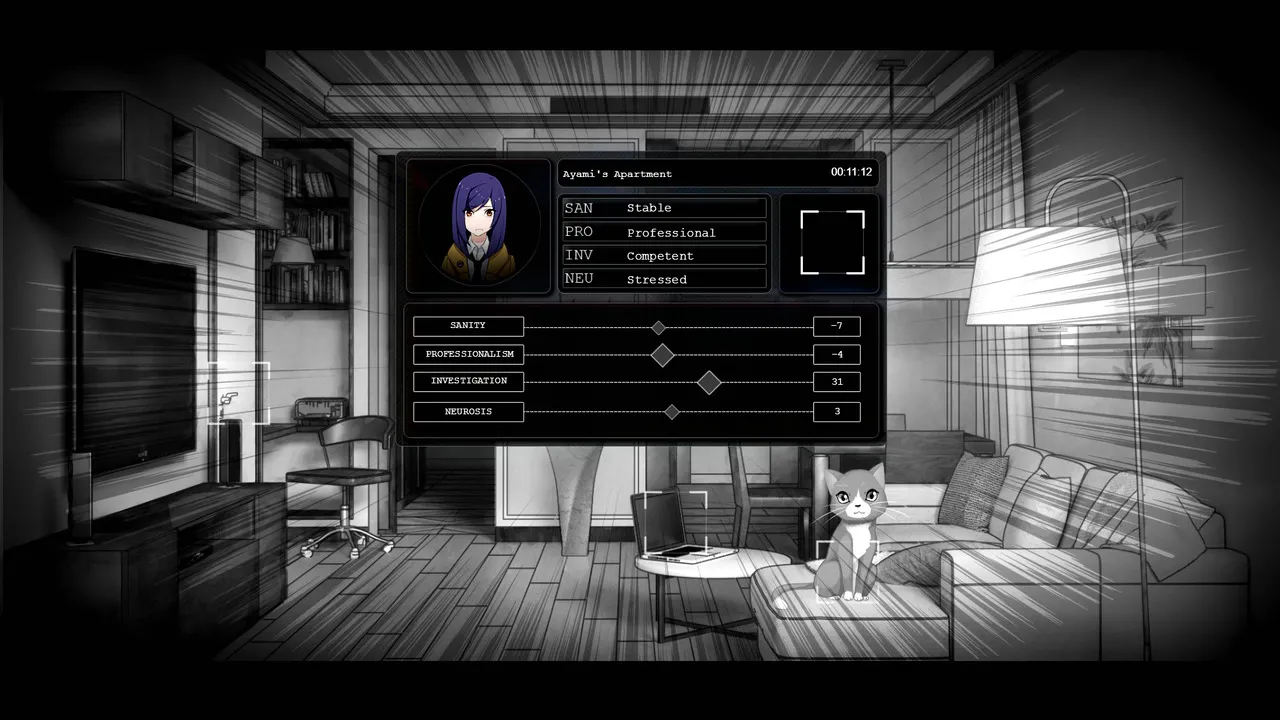 Tokyo Dark – Character stats
Tokyo Dark – Character stats
Brevity and Lack of Challenge: Content Concerns
One of the biggest drawbacks of Tokyo Dark is its short playtime. A first playthrough can be completed in under five hours, which may leave some players feeling unsatisfied, especially considering the game’s focus on narrative and exploration. This brevity also exacerbates the issues with the S.P.I.N. system, as there isn’t enough time for the stats to have a meaningful impact on the gameplay. The puzzles are generally straightforward, lacking the complexity and challenge one might expect from a point-and-click adventure game.
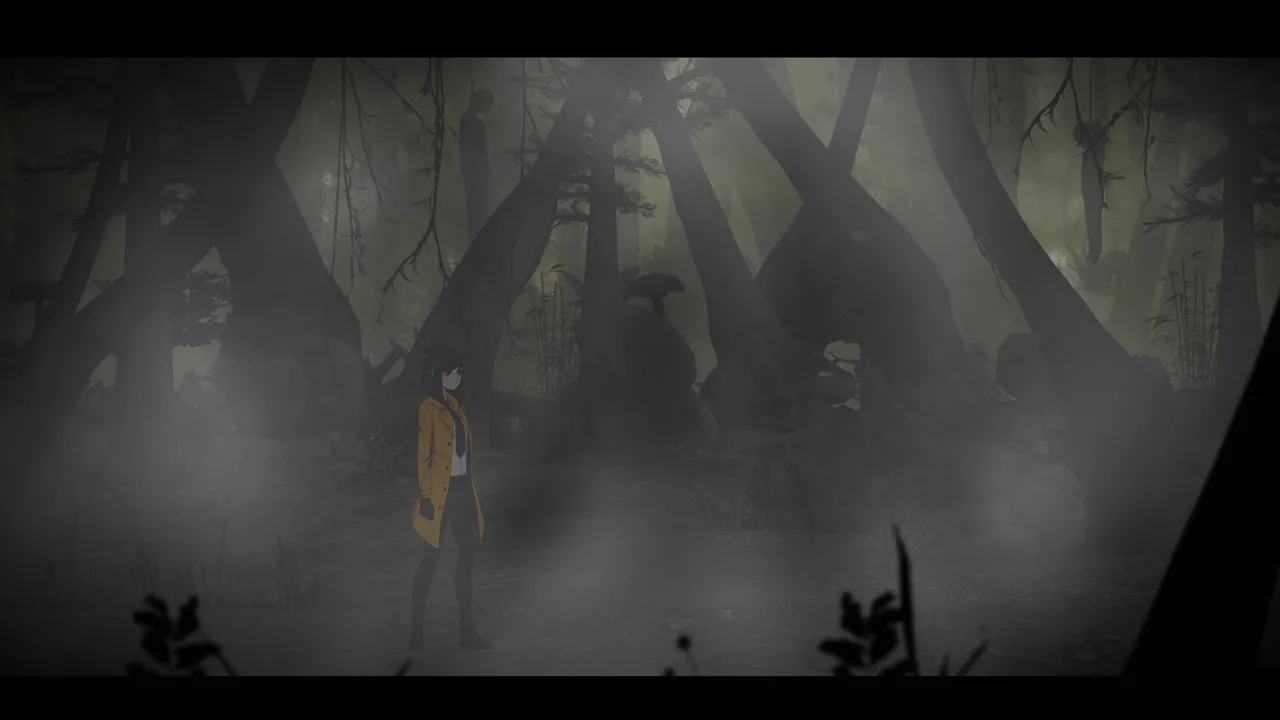 Tokyo Dark – Exploring Tokyo
Tokyo Dark – Exploring Tokyo
Conclusion: A Compelling Narrative Held Back by its Gameplay
Tokyo Dark is a game of contrasts. It boasts a gripping narrative, a unique art style, and a high degree of replayability. However, these strengths are undermined by shallow gameplay mechanics, a lack of challenging puzzles, and a relatively short playtime. While the game offers a captivating and unsettling experience, it ultimately falls short of its full potential. If you’re a fan of narrative-driven games and can overlook the gameplay shortcomings, Tokyo Dark is worth experiencing. However, those seeking a more robust and challenging adventure may find themselves wanting more.
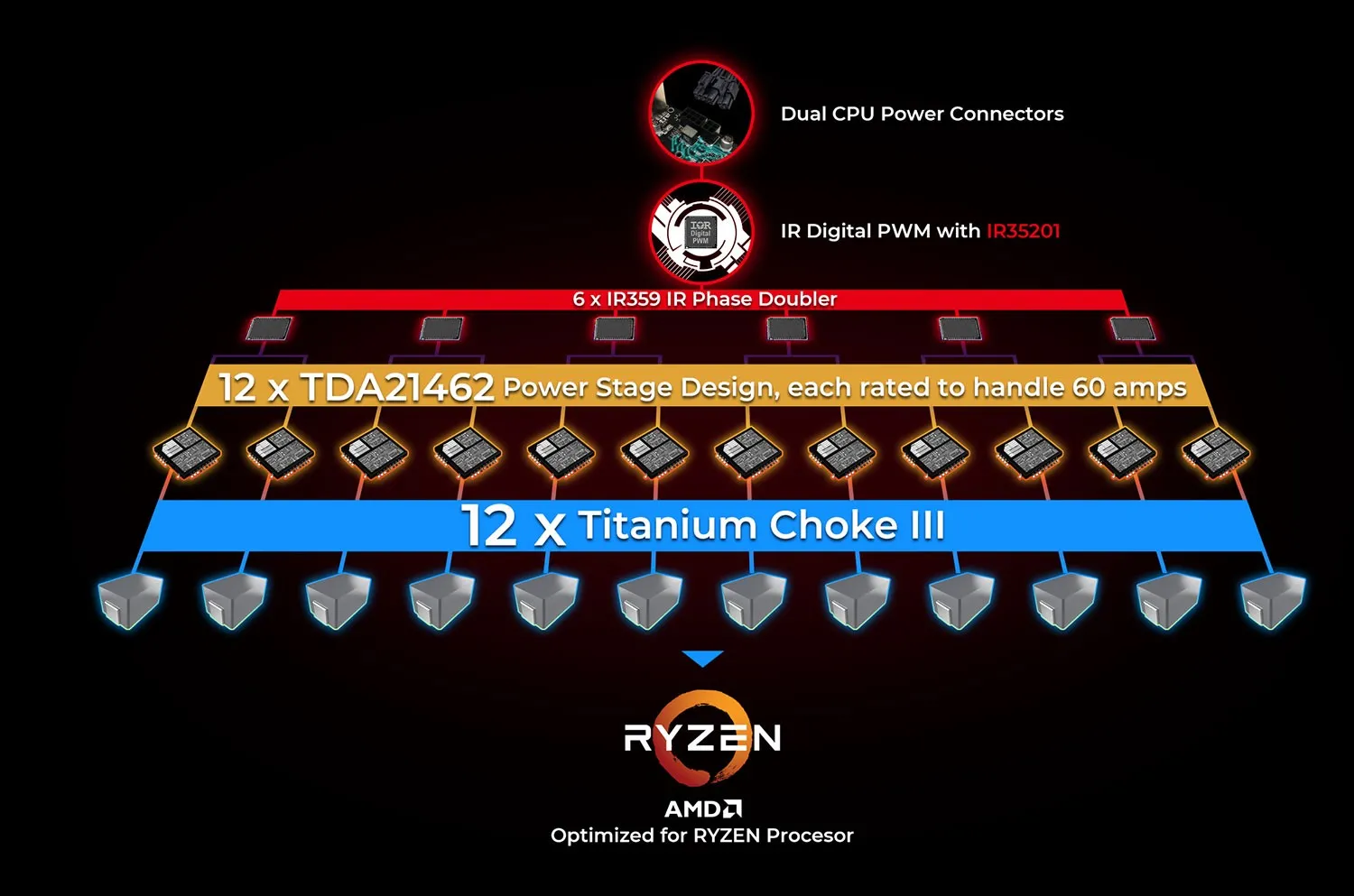


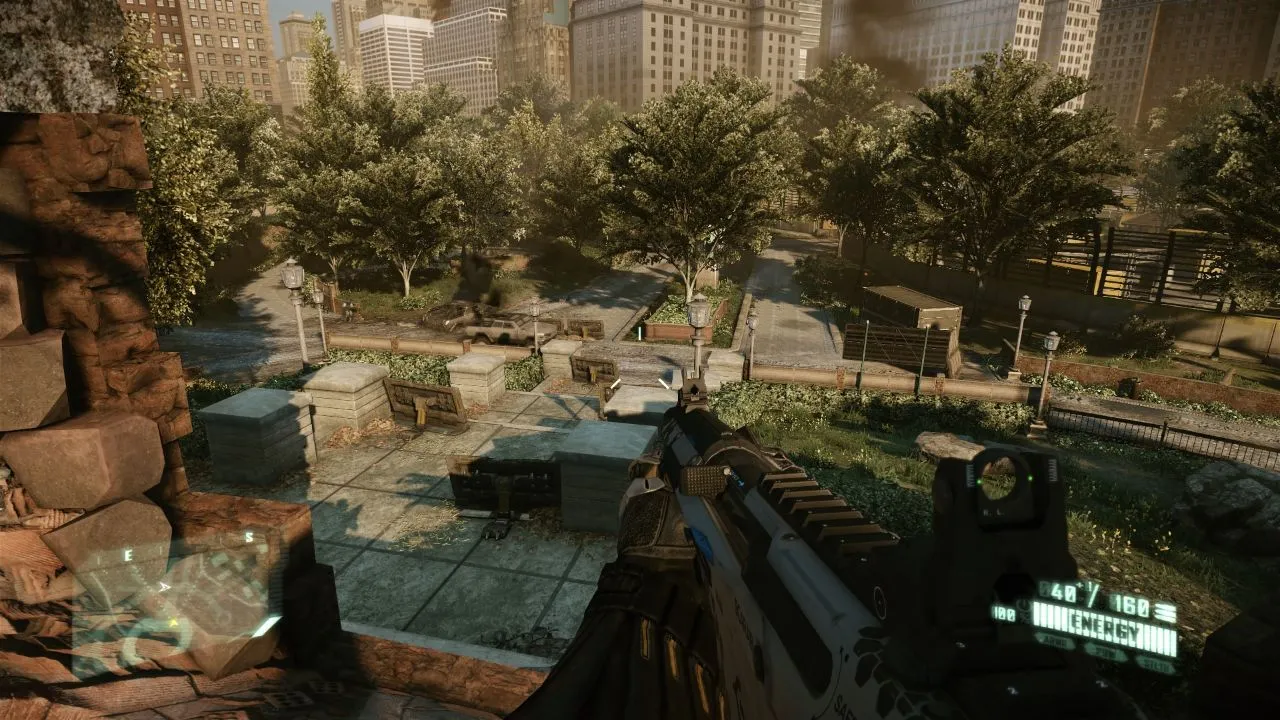

Comments (0)